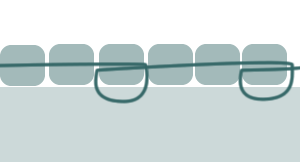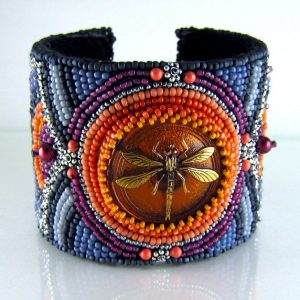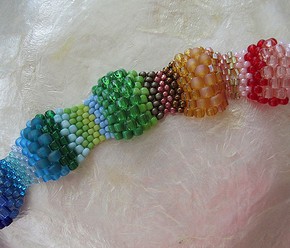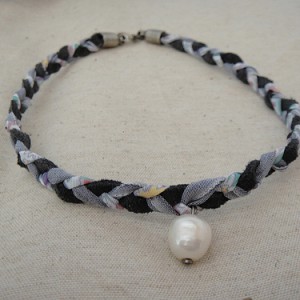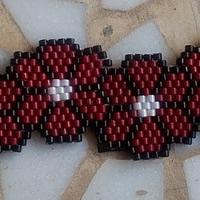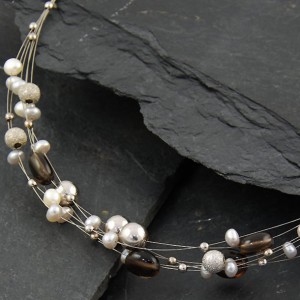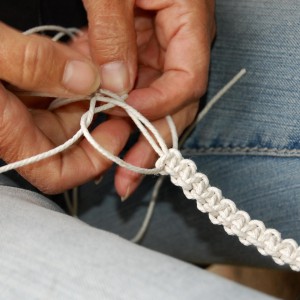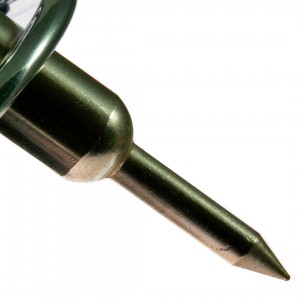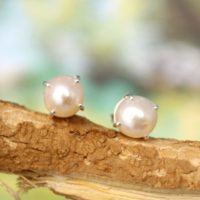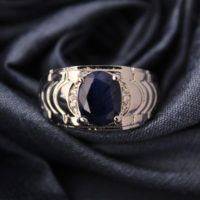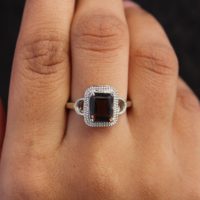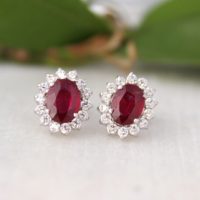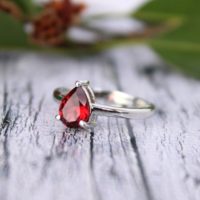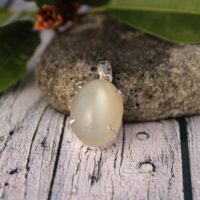Jewelry Making Techniques
Backstitch
The running back stitch is a basic stitch often used to add beads to fabric. Both easy and durable, it can be used for a small embellishment or to cover an entire area with an elaborate design.
Bead Embroidery
Bead embroidery is technique for adding beads to fabric using traditional embroidery stitches. Beads can be used as embellishments on an incredible array of items from garments to shoes to home decor.
photo creditBeadweaving
Creating jewelry using thread to weave patterns and objects with beads, usually seed beads. Weaving can be done on a loom to create a flat fabric-like sheet of beads, or “off-loom” using a needle and thread.
Brick Stitch
A beadweaving stitch made with seed beads which looks like bricks stacked on top of each other. Often used in triangular fringed earrings. Looks somewhat like peyote stitch sideways, although they are made differently.
Gauge
Gauge is a measurement of the thickness of something, be it beads, wire, thread, or needles. Generally, smaller numbers indicate thicker sizes. Wire gauges ranges from 10 (very thick) to 28 (very thin). Seed bead gauges are written as fractions, like 6/0 (~3.7mm) to 15/0 (~1.5mm). Size 11/0 seed beads are the most common. Thread does not have a standard gauging system, leaving each manufacturer to invent their own.
Half Hitch
The half hitch is a simple knot and is useful in a variety of situations. It it is a component in more complicated knots, but when done alone it’s usually done twice (as in tying off the ends of a knot you don’t want to come undone). To tie a half hitch knot, loop your cord or thread around whatever you want to attach it to, and then loop the end of the string around itself and back through the loop created with the previous step.
Hammered
A technique used when making jewelry to distress metal, or create a bent, wavy, or flattened effect. Hammering hardens wire and can shape and add texture to it. Hammering is performed with a ball pein hammer on a small jeweler’s anvil. It is a good idea to wear protective eyewear while you work. Hammering is an effective way to harden handmade earwires so they do not bend when used.
Illusion Necklace
A type of necklace where the beads appear to be floating in air. The beads are secured at intervals along either monofilament or beading wire with crimp beads. See our floating illusion bracelet tutorial for instructions.
Loomwork
Beadwork can be done by hand, but a bead loom makes it faster and easier. Small wire ones are inexpensive and can be purchased at bead stores. For larger projects, you can make your own out of wood.
photo creditMacrame
A technique of knotting cords that produces a rough lace-like fabric. Believed to be Arabic in origin. The basic knots are the half hitch, full hitch, square knot, and double half hitch. Check out our tutorial to learn these knots.
Peyote Stitch
A basic beadweaving technique used to make jewelry or decorative objects. Using a beading needle and thread, beads are woven together is a zig-zag fashion.
PNBT
A beadweaving acronym meaning Pass Needle Back Through.
PNT
A beadweaving acronym meaning Pass Needle Through.

